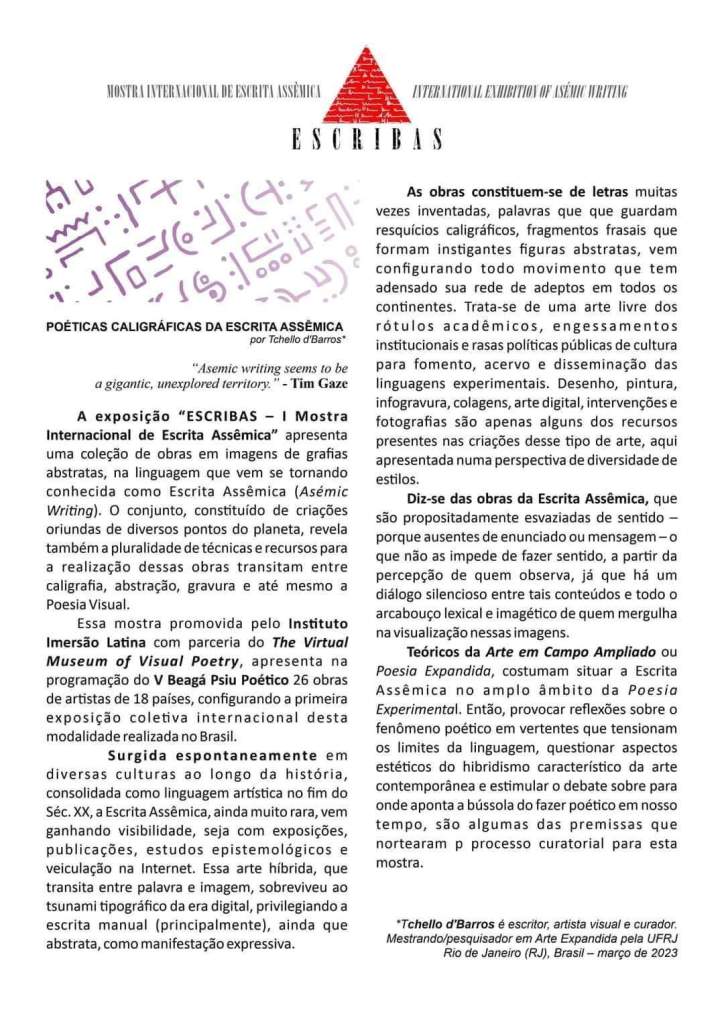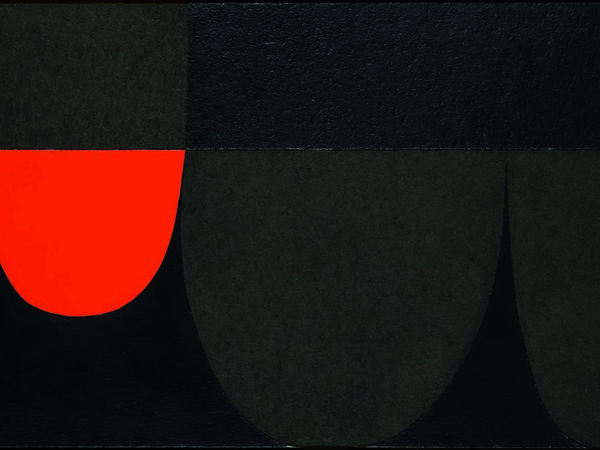GRIBOUILLAGE
SCARABOCCHIO
Da Leonardo da Vinci a Cy Twombly
da oggi, 3 marzo
fino al 22 maggio 2022

© Asger Jorn – L’Avantgarde se rend pas, série de Modifications, 1962
Mostra prodotta e organizzata dall’Accademia di Francia a Roma – Villa Medici e i Beaux-Arts di Parigi
Con il sostegno del Musée national d’art moderne – Centre Pompidou, Parigi
In collaborazione con l’Istituto Centrale per la Grafica, Roma
Curatrici:
Francesca Alberti, direttrice del dipartimento di storia dell’arte all’Accademia di Francia a Roma – Villa Medici, professore di storia dell’arte a l’Università de Tours – CESR
Diane Bodart, professore di storia dell’arte alla Columbia University, New York
Curatore associato:
Philippe-Alain Michaud, storico dell’arte, curatore al Musée national d’art moderne – Centre Pompidou, Parigi
Curatore associato per i Beaux-Arts di Parigi:
Anne-Marie Garcia, curatrice, responsabile delle collezioni dei Beaux-Arts di Parigi
Curatore per l’istituzione partner:
Giorgio Marini, storico dell’arte, curatore designato dall’Istituto centrale per la grafica, Roma
*
Da OGGI, 3 marzo, e fino al 22 maggio 2022 l’Accademia di Francia a Roma – Villa Medici presenta in anteprima la mostra-evento Gribouillage / Scarabocchio. Da Leonardo da Vinci a Cy Twombly concepita dalle due curatrici Francesca Alberti (Villa Medici) e Diane Bodart (Columbia University), con la collaborazione di Philippe-Alain Michaud, in qualità di curatore associato (Centre Pompidou).
Gribouillage / Scarabocchio. Da Leonardo da Vinci a Cy Twombly, conta notevoli prestiti concessi da prestigiose istituzioni italiane ed europee, tra cui: Galleria degli Uffizi, Firenze; Gallerie dell’Accademia, Venezia; Museo e Real Bosco di Capodimonte, Napoli; Biblioteca Reale, Torino; Opera Primaziale Pisana, Pisa; Musée du Louvre, Parigi; Staatliche Museen, Berlino; Museu Nacional Soares dos Reis, Porto; Bibliothèque Sainte-Geneviève, Parigi; Casa Buonarroti, Firenze; Archivio Nazionale di Stato, Roma; Musée du Petit Palais, Parigi.
La mostra si sviluppa in due presentazioni successive, entrambe inedite e complementari, una a Roma e l’altra a Parigi: la prima a Villa Medici, da oggi al 22 maggio, sarà poi seguita dalla seconda ai Beaux-Arts di Parigi dal 19 ottobre 2022 al 15 gennaio 2023.
Con circa 300 opere originali che vanno dal Rinascimento all’epoca contemporanea, questa duplice presentazione mette in luce uno degli aspetti più sconosciuti e meno controllati della pratica del disegno. Affrontando le molteplici sfaccettature dello scarabocchiare in ambito artistico, dagli schizzi imbrattati sul retro dei dipinti agli scarabocchi che diventano vera e propria opera, l’esposizione mostra come queste pratiche grafiche sperimentali, trasgressive, regressive e liberatorie, che sembrano non obbedire a nessuna regola, hanno da sempre scandito la storia della creazione artistica.
comunicati stampa completi, in tre lingue: QUI

Accademia di Francia a Roma — Villa Medici
Viale della Trinità dei Monti, 1 – Roma
Infoline: +39 06 67611
Sito web ufficiale: villamedici.it












